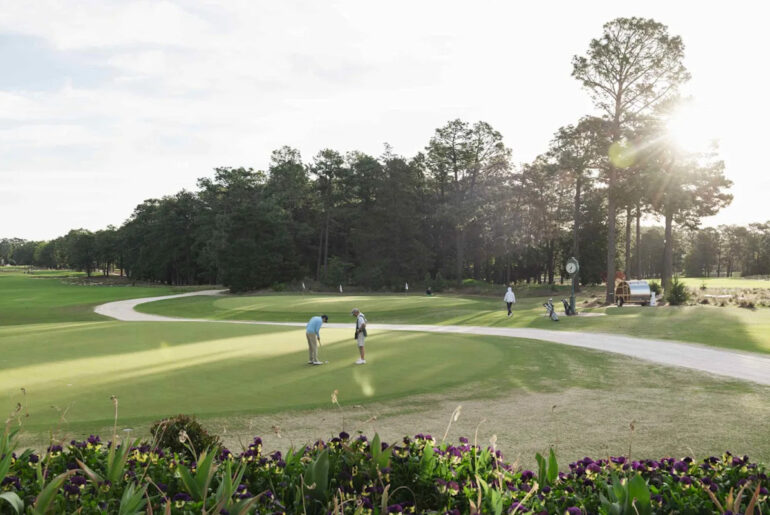Junior Golf vs. Amateur Golf: What’s the Difference?
06 Aug 2025
by Amit Pandey of AmateurGolf.com
SHARE:
Breaking Down the Game: Junior Golf vs. Amateur Golf
If you’ve ever wondered about the difference between junior golf and amateur golf, you’re not alone. They might sound similar — after all, both involve non-professionals competing — but they’re actually quite different in how they’re structured, who can play, and what they lead to (especially when it comes to college golf). Let’s break it down.
Age Is the Most Obvious Divider
The clearest distinction? Age.
Junior golf is for players typically under the age of 19. In most cases, if you’re still in high school or under 18, you’re in the junior golf pool.
Amateur golf, on the other hand, is open to anyone who’s not a professional. That includes juniors, college players, weekend warriors, mid-ams, and even senior amateurs. So while all junior golfers are technically amateurs, not all amateurs are juniors.
Different Rules and Structure
Junior tournaments are usually designed to help younger players develop. That means you’ll often see modified tees, smaller fields, and lots of parent volunteers helping out. Tours like U.S. Kids Golf, AJGA, and regional junior circuits aim to balance competition with learning.
Amateur tournaments, meanwhile, are more serious and follow official USGA rules. They’re usually longer, tougher, and filled with players who are really trying to test themselves — or even work their way toward professional events. These tournaments include state amateurs, invitationals, and USGA qualifiers like the U.S. Amateur.
Rankings Work Differently, Too
For juniors, rankings like Junior Golf Scoreboard, Golfweek Junior Rankings, and the AJGA Performance Stars help players get noticed. These rankings determine which events you can enter and are a big part of the college recruiting process.
Amateur golfers are ranked using systems like the World Amateur Golf Ranking (WAGR) and the AmateurGolf.com Rankings. These rankings track performance in top-level events and carry real weight — they can lead to national team invites, exemptions into pro qualifiers, and college coach attention.
How They Impact College Golf
Junior Golf
Amateur Golf
Age
Under 19
All ages (non-professionals)
StructureDevelopmental, youth-focused
Competitive, serious tournament play
Rules
Slightly modified in some cases
Full USGA rules
RankingsJGS, AJGA, Golfweek
WAGR, AmateurGolf.com
College Impact
Start of recruiting journey
Validation & advanced exposure
Final Thought
Whether you’re starting out in junior events or looking to level up in the amateur scene, both paths play a role in growing as a golfer. Understanding the differences — and how they connect — can help you plan smarter, compete better, and reach your goals on the course.






